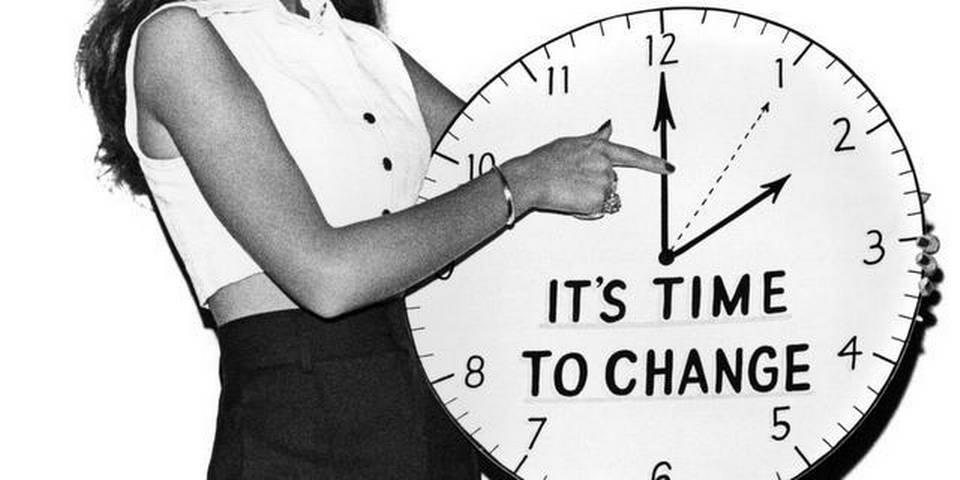Are you ready to sleep in that great, glorious extra hour? Each year, time change catches us unaware, pushing some spring forward and leaving others fall back-to leave all of us wondering when we might enjoy that much-coveted extra hour of rest. Now if you have been wondering this very thing, just assure yourself that you are not the only one! In this article we tell you all the important details about the upcoming time change and how you can ensure that you make the most of those extra 60 minutes in bed.
What is Daylight Saving Time?
DST is that time when everyone re-positions their clocks forward by an hour with an aim of making maximal usage of the sunlight. We normally set our clocks forward in Spring and back in the fall. The thought here is to get as much of the day light as is possible during the warm months, and that means getting up relatively earlier in order to have sunlight in the evening.
But for most of us, it’s the extra hour of sleep as we “fall back”.
Daylight Saving Time History
Daylight Saving Time isn’t new, anyway. It was first utilized during the course of World War I as a method to conserve energy. What actually the concept is based on is the fact that if daylight saving time were to be applied, the usage of artificial lights would be greatly reduced and people would be using more natural daylight. The practice was quickly discontinue immediately after the war; however, with the outbreak of World War II, it was adopted once more and has since been practiced by many countries in the world.
Today, most regions retain DST, although it has recently become rather controversial in nature due to increasing debate over its overall effectiveness.
Why Do We Change the Clocks?
You must have asked yourself time and again why we change the clock in the first place? There are several reasons:
- Energy Savings: The main purpose for establishing DST was to conserve energy because this would lead to better utilization of longer parts of a day.
- More Daylight for Activities: Since it is also getting light early in the evening, people get extra time to devote themselves in outdoor activities thus increasing the business and health of the area.
- Public Safety: According to some research, early evening daylight results in fewer car accidents and crimes.
Not everyone, though, enjoys schedule disturbance when this happens twice a year.
When will the Time Change?
Depending on your location, the date of the time change is not strictly bound to a particular date; in general, though, it is during the fall, often around the end of October or the beginning of November. This year clocks will “fall back” one hour on Sunday, November 3rd at 2:00 a.m. That is when you ‘literally’ have that extra hour many have been longing to have, to go back to bed and have a good sleep.
So, mark your calendars and set your clocks one hour forward before bed next night.
Time Change in Various Zones
While the time change happens in most of U.S. and Europe, not every region celebrates DST, and these dates are different for different locations. For instance:
- United States: DST is on the first Sunday in November.
- European Union: DST typically ends on the last Sunday in October.
- Other Regions: Other countries near the equator or in parts of Asia and Africa have no DST.
Check back for the specific time change in your area.
How We Gain that Bonus Hour of Rest
When we “fall back”, we move the clocks ahead one hour, which typically provides us with one extra hour of rest. For night owls, this can be a godsend: an extra hour of sleeping without having to forfeit any time the next day! However, if you are not careful, the time shift can easily undermine your sleep.
How to Prepare for the Time Change
How nice does an extra hour of sleep sound? Unfortunately, the time shift can play havoc with your internal clock. But you can dial into it easily if you are well prepared. Here’s how:
- Prepare a few days ahead: That is, try going to bed 15 minutes earlier each night before the spring time change .
- Maintain healthy sleep habits: If your bedroom is on the dark, quiet side and you don’t use screens at night, you’ll find your rhythm, even with the changes.
- Take advantage of the extra hour: increase it to catch up on needed sleep, not to stay up any later.
Time Management of Sleep
If you are sensitive to your sleep, even a one-hour time change may confuse your routine. Gradually advance your bedtime for days leading up to the change will help ease the transition. Start making progress by moving your bedtime and wake-up time earlier by 10-15 minutes each day for a week before the change. This method allows your body to make adjustments gradually rather than all at once.
Managing Aftermath of Time Change
As if this sleep pattern alone isn’t a challenge enough, the change in time affects many other areas of life. Some people take a few days to get over the changed clocks’ groggy or sluggish feeling. Tips to handle it are as follows:
- Sunlight: Exposure of your internal clock to the nature’s own daylight.
- Exersice: Light exercise will energize you and get the ball rolling.
- Hydration: Sometimes, it’s simply a sign of being dehydrated.
Thus, from these simple steps, you will quickly bounce back from the time change and enjoy that extra hour with the least inconvenience.
Fun Facts About Time Change
Do you know?
- The idea of daylight saving time was first put forward by Benjamin Franklin in 1784 as a way to conserve candles.
- Not all states in America observe DST—all of Hawaii and most of Arizona opt out.
- The EU is reconsidering its decision to entirely abolish DST from its member countries. Most will opt out in the near future.



















